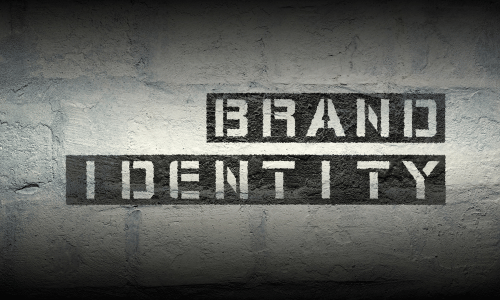
Building a strong, recognizable brand is not just a business choice; it’s an imperative for achieving sustained success. Branding goes beyond creating a mere logo or tagline—it forms the very essence of a company’s identity, reputation, and the emotional connection it forges with consumers. In today’s competitive marketplace, where choices abound, establishing a brand that captures the hearts and minds of customers is crucial.
To create a brand that stands the test of time, several strategic elements come into play. These elements serve as the foundation upon which a memorable and trustworthy brand is built. In this article, we will delve into the key components that underpin the development of a brand that not only garners trust but also fosters unwavering loyalty among consumers. So, let’s explore the art and science of crafting a brand that becomes a trusted companion on the customer’s journey.
Crafting a Brand Identity

A brand identity stems from an organization’s mission, values, personality, offerings, and service style. Brand identity is conveyed through:
- Brand Messaging – Articulate what the brand stands for and its core values/purpose. All marketing channels should align with unified messaging.
- Logos and Visuals – Iconic logos, fonts, colour schemes, images, and graphics make a brand instantly recognizable. Visuals should tie to brand personality.
- Tone and Voice – The brand’s style of written and verbal communication should resonate with target consumers while differentiating from competitors.
- Brand Standards – Document guidelines for proper usage of trademarks, logos, messaging, visuals, etc to ensure consistency across touchpoints.
- Employee Culture – A brand isn’t just external – the internal organization culture and how staff interacts with customers impact brand perception.
- Consistency – Align the branding experience across all platforms, locations, products, customer interactions, and business growth.
Conveying a clear brand identity establishes awareness and an emotional connection with the target audience.
Strategic Brand Positioning

Brand positioning refers to how a brand is perceived in the marketplace compared to competitors. Positioning is shaped by:
- Brand Personality – What are the distinctive traits and emotions associated with the brand? Is it sophisticated, innovative, approachable, etc?
- Brand Promise – What value does the brand offer to consumers? Promises build expectations.
- Target Audience – Analyze the demographics, psychographics, needs, and behaviours of ideal customers. Position the brand to resonate with them.
- Competitor Differences – Identify gaps in the market not being addressed by competitors. Own a unique space in the consumer’s mind.
- Benefits Messaging – Demonstrate how the brand improves consumers’ lives. Promote emotional and functional benefits.
- Pricing – Pricing signals quality and prestige. Cost-driven vs premium pricing targets different segments.
Strategic brand positioning gives context for how consumers should perceive and interact with the brand. This informs marketing strategy and experiences.
Building Customer Loyalty

Turning one-time customers into lifelong, loyal advocates is the hallmark of iconic brands. Ways to cultivate loyalty include:
- Quality Products – Deliver consistent, exceptional products that improve people’s lives. Prioritize integrity.
- Responsive Service – Provide friendly, helpful customer service. Be transparent and address feedback/issues.
- Rewards Programs – Offer discounts, freebies, points systems, and perks through branded loyalty programs.
- Content Marketing – Educate and entertain target audiences with useful branded content like blogs, videos, and podcasts.
- Community – Build an engaging community around the brand through in-person or online events.
- Referrals – Reward customers for referrals. Word-of-mouth is powerful. Promote user-generated content.
- Personalization – Use data to segment and tailor communications and offers. Make it relatable.
- Mobile Optimization – Integrate the brand experience into mobile apps, texts, ads, and platforms. Meet consumers where they are.
- Social Media – Use platforms to humanize your brand, foster connections with followers, and infuse personality.
- Nostalgia Marketing – Rekindle fond memories associated with the brand. Throwback packaging, anniversary events, retro products, etc.
Loyalty develops over time through consistent positive brand interactions. Eventually, the brand becomes embedded in the customer’s lifestyle and identity.
Crafting a strong brand personality, strategically positioning it in the consumer’s mind, and building lasting emotional connections leads to competitive advantage and loyalty. A trusted brand becomes a preferred choice.
We’ve unpacked a lot today at Biz Step Ladder, and now it’s your turn to add to the dialogue. Do you have insights or experiences that could expand on what we’ve discussed? Perhaps you’ve identified an angle we haven’t covered. Jump into the conversation below with your comments and let’s continue the learning journey together. Your input is not just welcome—it’s a vital part of our community’s growth. So, what are your thoughts? Share them below and let’s enrich our business wisdom collectively!
Discover related content by exploring Starting a business, common pitfalls, and resources for new entrepreneurs.





